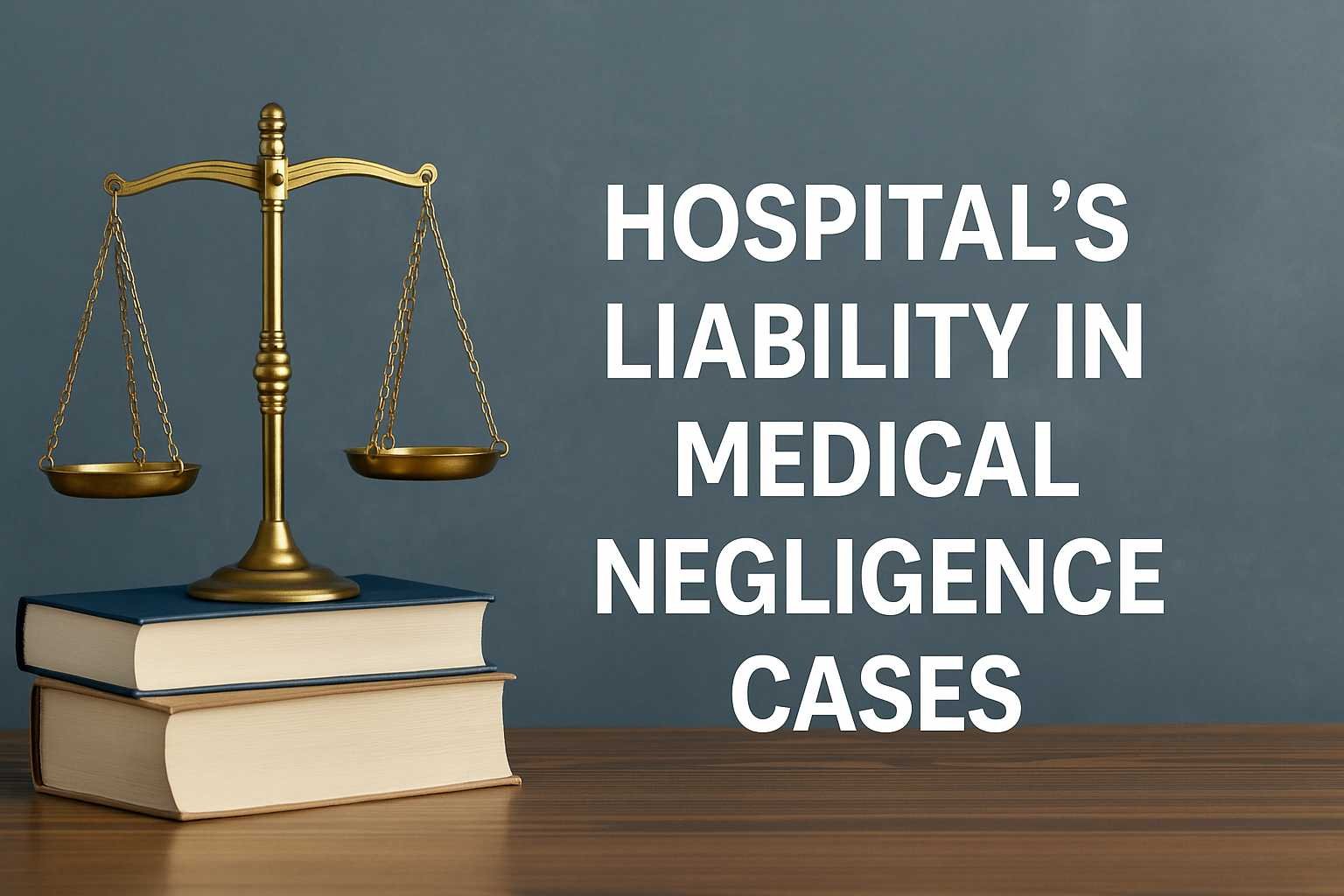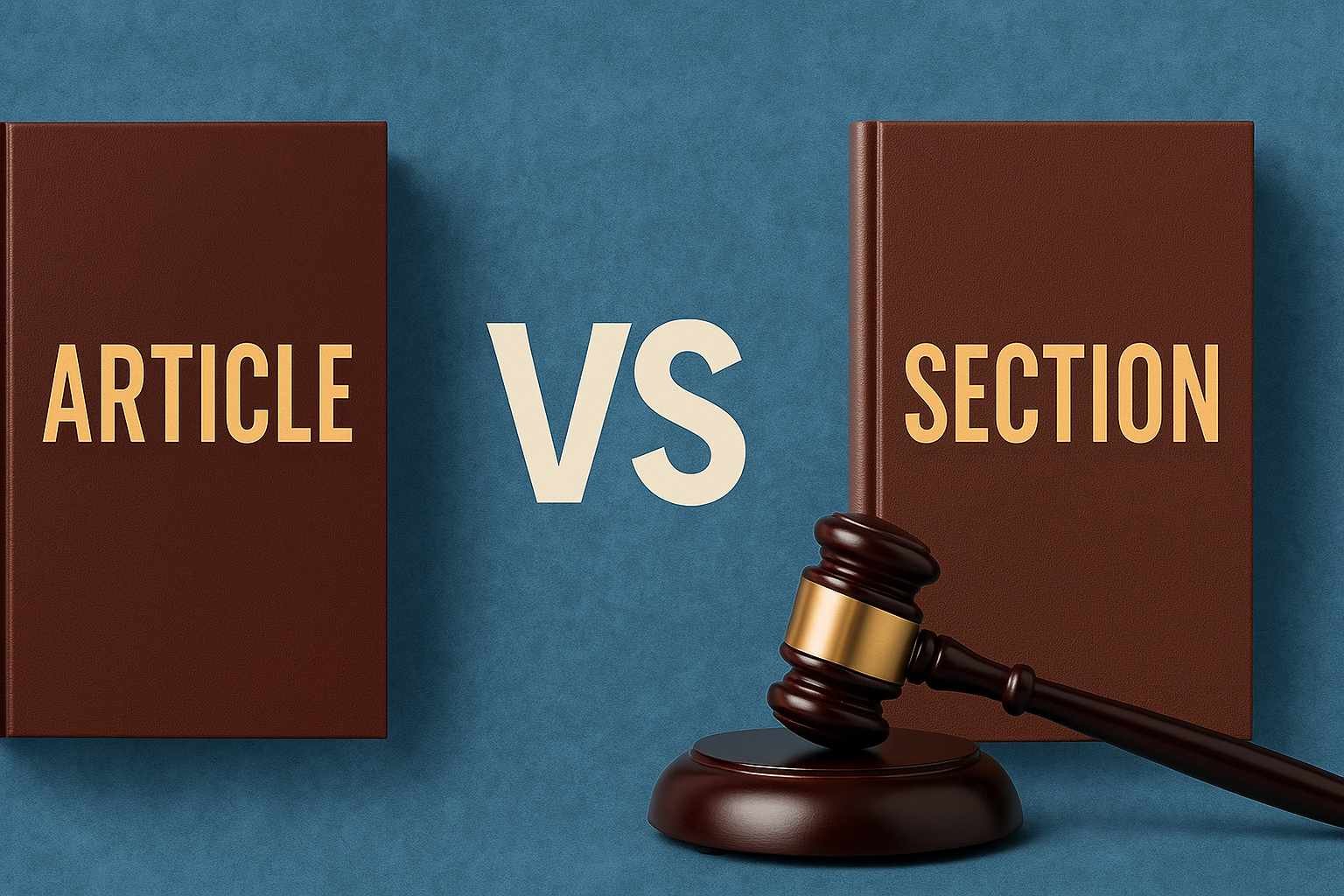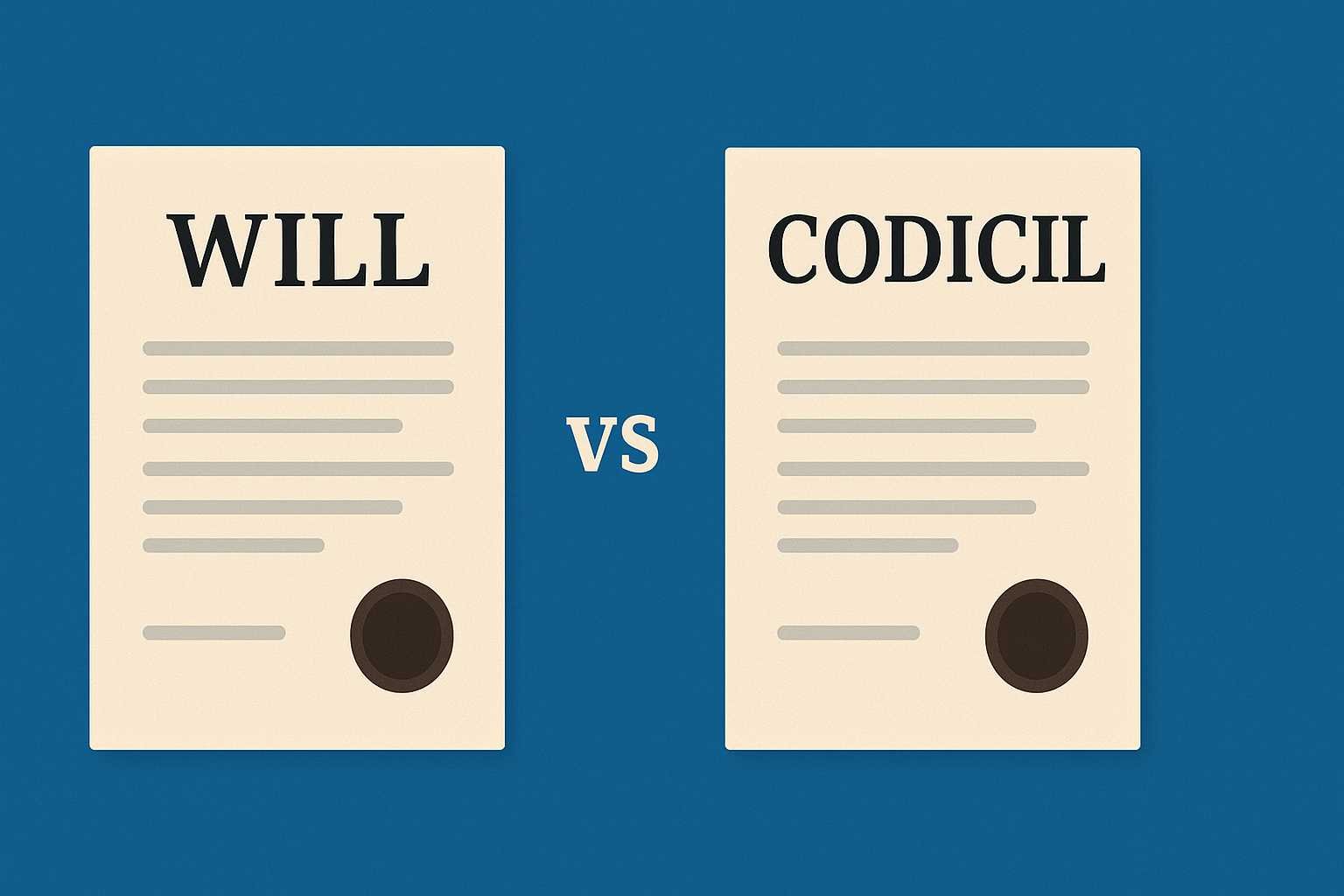On this page you will read detailed information about Medicare and Medicaid Act.
As you work in healthcare, it is essential to understand the Medicare and Medicaid Acts. These two laws have shaped access to healthcare in the United States, and learning about them will help you navigate the complex systems in place. In this 100-word article, you will receive an overview of these acts, including background on what led to their passage, their key components, and how they continue to impact healthcare today. The goal is to provide you with a foundation regarding Medicare and Medicaid so you can better understand the environment you work in. With this knowledge, you’ll be equipped to have more informed discussions about these vital programs.
A Brief History of Medicare and Medicaid
The Medicare and Medicaid programs were established in 1965 under Title XVIII and Title XIX of the Social Security Act. Medicare provides health insurance for Americans over 65 or with certain disabilities, while Medicaid provides coverage for some low-income individuals including children, pregnant women, the disabled, elderly, and parents of dependent children.
The Creation of Medicare and Medicaid
In the years leading up to 1965, there was growing concern over the lack of health insurance for older and low-income Americans. Private insurers were reluctant to provide coverage to these groups due to higher health costs. In response, President Lyndon B. Johnson signed the Social Security Amendments of 1965 establishing Medicare and Medicaid.
Medicare was modeled after the existing Social Security system and provided coverage for those over 65, regardless of income or health status. The program originally had two parts: Part A covered hospital stays and Part B covered doctors and outpatient care. Part D for prescription drugs was added in 2003. Medicaid was administered by states following federal requirements and covered low-income individuals including children, pregnant women, the disabled, elderly, and parents of dependent children.
Expansion and Evolution
Over time, the programs have expanded to provide more benefits. Medicaid expanded coverage to more groups including low-income adults. Medicare Advantage plans were introduced, and the Children’s Health Insurance Program (CHIP) was created to cover children in families with incomes too high to qualify for Medicaid. Despite periodic calls for reform, Medicare and Medicaid have remained largely intact, providing health coverage for over 100 million Americans.
Medicare and Medicaid have shaped the American healthcare system and provided lifesaving coverage for vulnerable groups who would otherwise struggle to access care. Though complex and imperfect, these social programs have become an integral part of the nation’s safety net. By understanding their history and evolution, we can have more informed debates about their future.
What Is Medicare?

Medicare is the federal health insurance program for people who are 65 or older, certain younger people with disabilities, and people with end stage renal disease (permanent kidney failure requiring dialysis or a transplant). Medicare has four parts:
Part A (Hospital Insurance): Helps cover inpatient care in hospitals, including critical access hospitals, and skilled nursing facilities (not long-term care). It also covers hospice care and some home health care. Most Americans do not have to pay a monthly premium for Part A coverage.
Part B (Medical Insurance): Helps cover doctors’ and healthcare providers’ services, outpatient care, durable medical equipment, home health services, and some preventive services. Most Americans have to pay a monthly premium for Part B. The amount varies based on income.
Part C (Medicare Advantage Plans): Offered by private companies approved by Medicare. Includes all benefits and services covered under Part A and Part B, usually includes Medicare Part D prescription drug coverage, and may include extra benefits and services. You must have Part A and Part B to enroll in Part C. Monthly premiums vary by plan.
Part D (Prescription Drug Plans): Helps cover the cost of prescription drugs. Run by private insurance companies approved by Medicare. Monthly premiums vary by plan.
To be eligible for Medicare, you must be a U.S. citizen or permanent resident who has lived in the U.S. for at least five years, and fall into one of the following categories:
-People age 65 and older -People under 65 with certain disabilities -People of any age with end-stage renal disease (permanent kidney failure requiring dialysis or a kidney transplant)
In summary, Medicare provides health insurance for Americans once they reach the age of 65 or certain younger people with disabilities. The program has various parts that help cover services like hospital stays, doctor visits, preventive care, prescription drugs, and more. Monthly premiums, deductibles, and copays apply for most parts of Medicare.
In the previous post, we had shared information about Federal drug policy of the United States, so read that post also
What Does Medicaid Cover?

Medicaid covers a variety of medical services for eligible individuals, including hospital stays, doctor visits, vaccinations, nursing home care, and home health services. The specific services covered vary by state within federal requirements. Some of the major services Medicaid covers include:
Hospital Care
Medicaid covers inpatient hospital stays, including the room, meals, nursing care, and other related hospital services. Medicaid also covers outpatient hospital services like emergency room visits, surgeries, and other procedures.
Doctor Visits
Medicaid covers primary care physician visits, as well as specialist visits. This includes general checkups, diagnosis and treatment of illnesses, prenatal and postnatal care, and well-child care. Medicaid also covers some dental, vision, and hearing care.
Long-Term Care
For those who meet certain income requirements, Medicaid helps pay for long-term care in nursing homes, assisted living facilities, and at home. Home health services like visiting nurses, physical therapy, and adult day care are also covered.
Prescription Drugs
Medicaid covers most medically necessary prescription drugs as prescribed by a doctor. This includes generic drugs, brand name drugs, over-the-counter drugs, and medical supplies. Medicaid negotiates discounted prices with drug manufacturers and sets maximum allowable costs for certain drugs.
Medical Equipment
Medicaid covers medically necessary medical equipment like wheelchairs, walkers, hospital beds, oxygen equipment, and diabetic testing supplies for those who qualify. Equipment must be deemed essential by a doctor to treat a medical condition.
Transportation
Non-emergency medical transportation (NEMT) to and from Medicaid-covered services is provided for those without transportation options. This includes transportation via bus, subway, taxi, van, or wheelchair accessible vehicles. Mileage reimbursement is also available for those who can transport themselves.
Medicaid provides comprehensive health coverage for millions of vulnerable Americans. The specific benefits available depend on your state of residence and eligibility category. Check with your state’s Medicaid program for details on coverage in your area.
Key Differences Between Medicare and Medicaid
Medicare and Medicaid are both government-run healthcare programs in the United States. However, there are some key differences between the two in terms of eligibility, coverage and funding.
Eligibility
Medicare provides health insurance for individuals 65 years of age and older, certain individuals with disabilities, and those with end stage renal disease. Medicaid provides coverage for low-income individuals including children, pregnant women, the disabled, elderly, and parents of dependent children. Medicaid has income requirements that vary by state, while Medicare is available regardless of income for those over 65.
Coverage
Medicare consists of four parts – Part A covers hospital stays, Part B covers outpatient care, Part C is Medicare Advantage with additional coverage, and Part D covers prescription drugs. Medicaid covers a wider range of medical services including hospital stays, outpatient care, nursing home care, and home health services. Medicaid may also cover dental care, vision care, and medical transportation for eligible enrollees.
Funding
Medicare is funded by payroll taxes, monthly premiums, and government funding. Medicaid is jointly funded by state and federal governments. The states administer their own Medicaid programs and determine the type, amount, duration, and scope of services within federal guidelines. Federal funds match state funds for Medicaid based on a formula.
In summary, while Medicare and Medicaid are both government health programs, they have distinct differences in regards to who qualifies for coverage, what medical services are covered, and how the programs are funded. Understanding these distinctions can help Americans determine which programs they may be eligible for.
Medicare and Medicaid Eligibility Requirements
To be eligible for Medicare, you must meet one of the following criteria:
- Be 65 years of age or older. The majority of Medicare recipients qualify based on age.
- Have certain disabilities or medical conditions. Those under 65 with disabilities, ESRD (end-stage renal disease), or ALS (amyotrophic lateral sclerosis), also known as Lou Gehrig’s disease, may be eligible for Medicare.
- Have ALS (amyotrophic lateral sclerosis), also known as Lou Gehrig’s disease. Medicare coverage kicks in for those diagnosed with ALS at any age.
For the Medicaid program, eligibility depends on your income level and family size. Medicaid provides health coverage for some low-income individuals, including:
- Children
- Pregnant women
- Parents of dependent children
- People with disabilities
- Elderly people
To qualify for Medicaid based on income, your income must be below a certain threshold. The income threshold depends on factors like:
- The state you live in (income thresholds vary by state)
- Your age
- Whether you’re pregnant or disabled
- The number of dependents in your household
Most states have expanded Medicaid coverage to adults under 65 with income up to 138% of the federal poverty level as part of the Affordable Care Act. In some states, you may be able to qualify for Medicaid with income up to 138% of poverty based on your family size. Those over 65 or with disabilities may be able to have higher income levels and still qualify for Medicaid coverage.
In summary, the eligibility criteria for Medicare and Medicaid provide health insurance coverage for a wide range of individuals, including elderly Americans, those with disabilities, and low-income families and children. By understanding the specific requirements, you can determine if you or your loved ones may qualify for these government health insurance programs.
How to Apply for Medicare and Medicaid
To apply for Medicare, you must first meet certain eligibility requirements based on age, disability status, or certain medical conditions. If you meet the eligibility criteria, you can apply in several ways:
- Apply online at ssa.gov. This is typically the fastest and easiest way to apply for Medicare benefits. You will need to create an account to apply. Make sure you have necessary information like dates of employment, tax returns, etc. handy when applying.
- Call Social Security at 1-800-772-1213 to apply over the phone. This may take longer but you can speak directly to a Social Security representative to ask questions. Be prepared to provide the same information as required for the online application.
- Visit your local Social Security office to apply in person. Offices are open Monday through Friday, 9 am to 4 pm. You will meet with an agent who can help you through the application process. Bring documentation to verify your age, income, employment history, etc.
- Apply through the mail using an Application for Enrollment in Medicare form CMS-40B. This method typically takes the longest to process. Make sure all necessary information and documentation is included with your mailed application.
To be eligible for Medicaid, you must meet income requirements and other criteria based on family size and state of residence. The application process is similar: you can apply online through your state’s website, call your state’s Medicaid hotline, visit your local Medicaid office, or in some states apply through the mail. When applying, be prepared to provide financial information like pay stubs, bank statements, tax returns, and details on any medical expenses.
Following these steps and submitting a complete, accurate application with all required documentation will help ensure you gain access to Medicare and Medicaid benefits as quickly as possible, if eligible. Please let me know if you have any other questions!
Recent Changes and Updates to Medicare and Medicaid
The Medicare and Medicaid programs were created in 1965 to provide health insurance coverage for elderly, disabled and low-income individuals. However, these government programs have undergone various changes and updates over the years to expand benefits and improve the programs.
Expansion of Medicaid Coverage
The Affordable Care Act of 2010 expanded Medicaid coverage to nearly all low-income individuals with incomes up to 138% of the federal poverty level. This expansion of Medicaid, along with the health insurance exchanges, helped provide coverage for millions of uninsured Americans. States that accepted the Medicaid expansion receive enhanced federal funding to help pay for the costs.
Addition of Prescription Drug Coverage
In 2003, Medicare Part D was created to offer voluntary prescription drug coverage for Medicare beneficiaries. This addition helped reduce out-of-pocket costs for medications for many seniors and individuals with disabilities. The prescription drug plans are offered by private companies approved by Medicare. Beneficiaries can choose a plan that meets their specific needs.
Shift to Value-Based Care
Both Medicare and Medicaid have transitioned to value-based care models that focus on quality of care over quantity of care. Programs like the Medicare Shared Savings Program, accountable care organizations, and bundled payments provide incentives for healthcare providers to improve care coordination, enhance patient outcomes, and reduce costs. The goal is to shift from a fee-for-service model to a value-based system.
More Benefits and Lower Costs
Several provisions of the Affordable Care Act reduced costs for Medicare beneficiaries. Preventive services like cancer screenings and annual wellness visits are now offered at no cost. The Medicare Part D coverage gap, known as the “donut hole,” is closing, reducing prescription drug costs. Higher-income beneficiaries now pay more towards premiums, deductibles and cost-sharing to help fund the program. Low-income subsidies help reduce costs for beneficiaries with limited means.
Overall, Medicare and Medicaid continue to evolve to meet the changing needs of beneficiaries and reduce healthcare costs. Policymakers are working to strengthen and improve these essential programs to ensure coverage and affordable, quality care for future generations.
Medicare and Medicaid Outlook and Predictions
As the U.S. population continues to age, Medicare and Medicaid have become increasingly vital programs for Americans. However, rising healthcare costs pose significant challenges to the long term sustainability of these essential safety net programs.
The Aging Population
By 2030, all baby boomers will be over 65 years old, swelling the ranks of Medicare recipients. At the same time, life expectancies have increased, meaning the average Medicare beneficiary requires coverage for a longer period. This demographic shift will place enormous financial pressure on the Medicare program. Similarly, as more seniors age into the Medicaid system, costs for long term care and other medical needs will rise substantially.
Cost Growth
Healthcare costs overall have far outpaced inflation, growing at an average rate of 5-6% per year. New medical treatments, technologies, and prescription drugs are often expensive. This cost growth squeezes the budgets of Medicare and Medicaid and reduces available funding for other priorities. Policymakers have implemented cost-saving measures, such as the shift to managed care under Medicare Advantage and Medicaid Managed Care plans. However, further reforms will likely be needed to curb spending over the long run.
Policy Considerations
Several options for reforming Medicare and Medicaid are under debate, though none are politically easy. Raising the eligibility age for Medicare and Medicaid could reduce costs but shift more health costs onto older Americans. Transitioning Medicare to a voucher or premium support system may increase private insurance options but also shift more risks to beneficiaries. Allowing Medicare to negotiate prescription drug prices could lower costs for both programs. Medicaid work requirements aim to reduce spending, though critics argue they undermine the program’s mission.
Overall, providing healthcare for an aging population during a time of rising costs will require difficult decisions around policy trade-offs and priorities. Medicare and Medicaid have been crucial in providing vulnerable Americans access to needed medical care for over 50 years. Ensuring their sustainability for the next 50 years remains a pressing issue.
FAQs About Medicare and Medicaid: Your Top Questions Answered
As government-funded health insurance programs, Medicare and Medicaid provide coverage for millions of Americans. However, the two programs differ in key ways. Below are answers to some of the most frequently asked questions about Medicare and Medicaid.
Medicare is a federal health insurance program for Americans over 65, those under 65 with certain disabilities, and people of any age with end-stage renal disease. Medicaid, on the other hand, is a state and federal program that provides health coverage to low-income individuals including children, pregnant women, the disabled, elderly, and parents of dependent children. While Medicare is run by the federal government, Medicaid is run by state governments under federal requirements.
To receive Medicare benefits, you must be 65 years of age or older, have certain disabilities, or have end-stage renal disease. U.S. citizens and legal residents who have paid Medicare taxes for at least 10 years are eligible for Medicare Part A at no cost. Part B and Part D plans require monthly premiums.
Medicaid eligibility depends on your income, family size, disability status, and other factors. You must meet certain income requirements which vary by state and eligibility category. Typically, children, pregnant women, parents of dependent children, the elderly, and people with disabilities with incomes below a certain threshold may qualify for Medicaid.
Medicare Part A helps cover inpatient hospital stays, care in a skilled nursing facility, hospice care, and home health care. Part B helps cover medical services like doctors’ visits, outpatient care, home health services, and other medical services. Part D helps cover the cost of prescription drugs. Medicare Advantage Plans (Part C) provide an alternative way to get Medicare Part A and Part B coverage.
Medicaid covers a range of medical services including hospital stays, doctors’ visits, nursing home care, home health services, family planning, and emergency medical transportation. The specific services covered vary in each state. Certain services like dental care, vision care, and prescription drugs are optional benefits that states can choose to provide. Medicaid also covers long-term care services not covered by Medicare.
Disclaimer
The information and services on this website are not intended to and shall not be used as legal advice. You should consult a Legal Professional for any legal or solicited advice. While we have good faith and our own independent research to every information listed on the website and do our best to ensure that the data provided is accurate. However, we do not guarantee the information provided is accurate and make no representation or warranty of any kind, express or implied, regarding the accuracy, adequacy, validity, reliability, availability, or completeness of any information on the Site. UNDER NO CIRCUMSTANCES SHALL WE HAVE ANY LIABILITY TO YOU FOR ANY LOSS OR DAMAGE OF ANY KIND INCURRED AS A RESULT OR RELIANCE ON ANY INFORMATION PROVIDED ON THE SITE. YOUR USE OF THE SITE AND YOUR RELIANCE ON ANY INFORMATION ON THE SITE IS SOLELY AT YOUR OWN RISK. Comments on this website are the sole responsibility of their writers so the accuracy, completeness, veracity, honesty, factuality and politeness of comments are not guaranteed.
So friends, today we talked about Medicare and Medicaid Act, hope you liked our post.
If you liked the information about Medicare and Medicaid Act, then definitely share this article with your friends.







